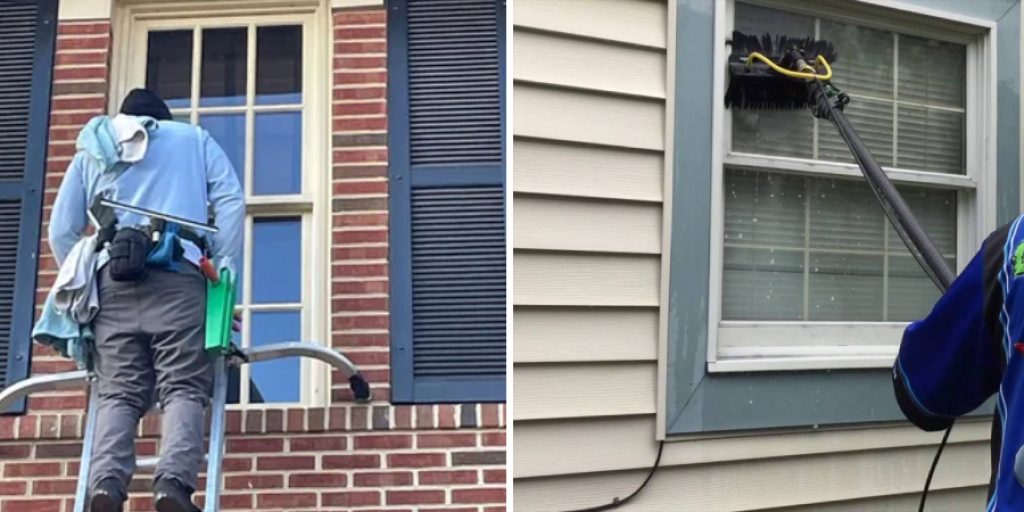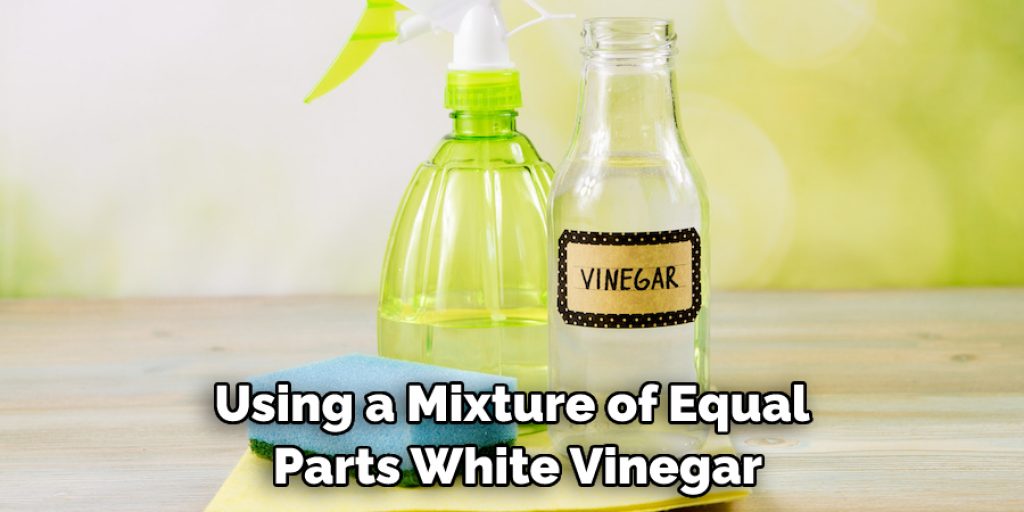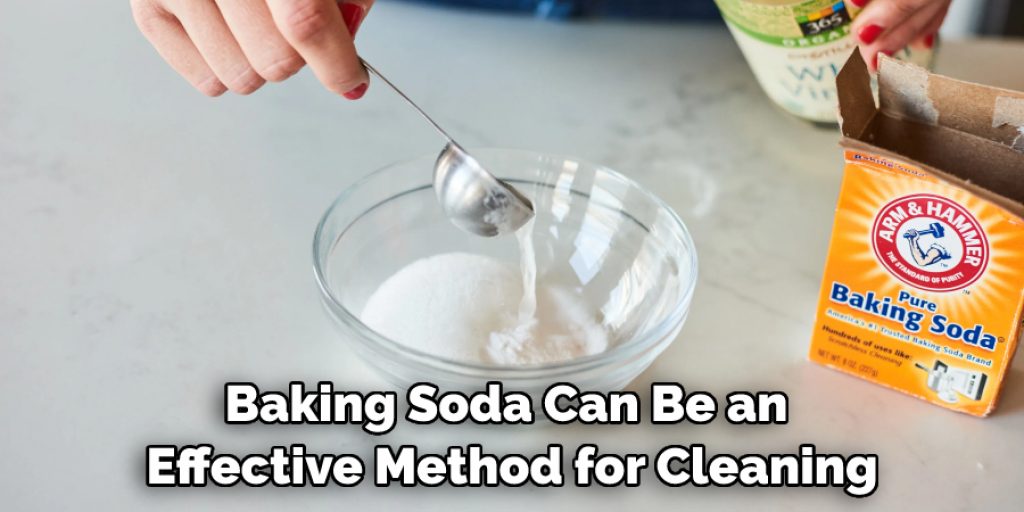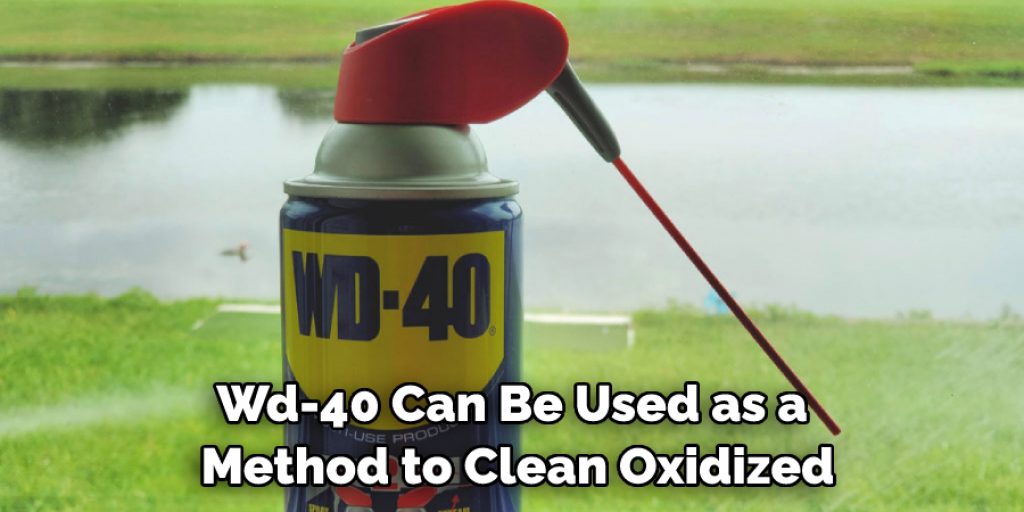How to Clean Oxidized Windows
Are you noticing that your windows are starting to look a little dull and discolored? Don’t worry, there is an easy fix! Oxidation of windows can occur over time which causes them to become stained, but fortunately, it’s not something that requires expensive repairs or replacements. With some simple steps, you will be able to clean your oxidized windows like new! Read on for our step-by-step guide to how to clean oxidized windows without needing any equipment.

Nothing ruins the look of a beautiful building like windows that have become dull and discolored because of oxidation. Oxidation occurs when metal forms—or develops—an outer layer made up of rust or other impurities as it wraps around steel frames, which are often used in window construction.
Luckily, this doesn’t have to be an eyesore! With the right technique, you can easily clean your oxidized windows, restoring their sparkle and shine without having to invest in costly professional cleaning services. In this blog post, we’ll show you exactly how to do it yourself – quickly and effectively. So grab some gloves and get started on getting those windows back to looking their best!
Why is It Important to Clean Oxidized Windows?
1. To Prevent Dull and Discolored Look
One of the main reasons why it’s important to clean oxidized windows is to prevent a dull and discolored look. When oxidation occurs, the window glass can become subject to dirt buildup and may be more prone to developing mildew or mold stains. Over time, this can cause the glass to look dingy and dirty, reducing both its aesthetics and its energy efficiency.
2. To Protect the Window From Further Damage
Another important reason why it’s essential to clean oxidized windows is to protect them from further damage. Oxidation can cause corrosion on window frames and other components, shortening their lifespan and making them more susceptible to future damage. Cleaning oxidized windows regularly will help keep them in good condition and prevent further damage.
3. To Improve Energy Efficiency
Finally, cleaning oxidized windows is important for improving energy efficiency. Accumulated dirt, debris, and oxidation can reduce the amount of natural light that comes through, requiring you to use more artificial lighting to see properly. Cleaning your windows regularly will ensure that they are clean and clear, allowing more natural light to come through and reducing your need to use artificial lighting. This can help you save on energy costs as well as reduce your carbon footprint.
In conclusion, cleaning oxidized windows is essential for preserving the aesthetic value of your home, protecting the window from further damage, and improving energy efficiency. Regularly cleaning your windows with a mild soap and water solution can help remove oxidation and dirt buildup, ensuring that your windows stay looking their best.
10 Methods of How to Clean Oxidized Windows

1. Use a Soft Cloth With Distilled Water and a Mild Detergent
One of the easiest and most effective methods to clean oxidized windows is by using a soft cloth to wipe down the surface with a mixture of distilled water and a mild detergent. This method can be used on both interior and exterior window surfaces and will help remove any dirt or debris that may have accumulated over time.
2. Use Household Vinegar
Using a mixture of equal parts white vinegar and water can be an effective method for removing oxidation from windows. The acidic nature of the vinegar helps to dissolve any build-up that has occurred, while the moisture content helps lubricate the surface as it is wiped down. It is important to remember to dry the window after this method has been completed in order to prevent any further oxidation.
3. Use a Sponge and Baking Soda
Baking soda can be an effective method for cleaning oxidized windows, as it is non-abrasive and helps to remove the buildup of oxidation without damaging the surface. Mixing baking soda with a small amount of water into a paste can be used on a soft sponge to gently scrub away any oxidation that may have accumulated.
4. Use Rubbing Alcohol
Rubbing alcohol can help remove stubborn oxidation as it is highly effective at breaking down the organic material that has caused the oxidation. Apply some rubbing alcohol to a clean cloth and proceed to wipe down the window in circular motions until the oxidation is gone.
5. Use a Toothbrush and Cream of Tartar
A toothbrush can be used to scrub away any stubborn oxidation that has been left behind from previous methods. Mixing cream of tartar with water into a paste can be used on the toothbrush and then gently brushed over the window until the oxidization has been removed.
6. Use Lemon Juice and Salt

Lemon juice and salt is a great method to use when trying to clean oxidized windows. Simply mix the lemon juice with some salt into a paste, then apply it to the window with a sponge or soft cloth. Allow the mixture to sit on the window for around 10 minutes, then use a damp cloth to wipe off the mixture and any oxidation with it.
7. Use an Automotive Polish
Using an automotive polish is another great option when it comes to clean oxidized windows. The polish helps to break down any dirt or debris that may have accumulated on the window, while also helping restore its original shine.
8. Use a Metal Cleanser
A metal cleanser can be used to remove any stubborn oxidation that may have been left behind from previous methods. The metal cleanser works by using an oxidizing agent to help break down the organic material that has caused the buildup of oxidation on the window’s surface.
9. Use WD-40
WD-40 can be used as a method to clean oxidized windows. The lubricant helps to dissolve any dirt or debris that may have built up on the window’s surface while also helping to restore its original shine.
10. Use Steel Wool
Steel wool is a great option for cleaning oxidized windows, as it is abrasive enough to scrub away any stubborn oxidation. Always make sure to use fine-grade steel wool and proceed with caution when rubbing the window in order to avoid causing any scratches or damage.

With these methods, you can now easily clean oxidized windows and restore them back to their former glory. Make sure to always use the appropriate cleaning materials and techniques in order to ensure that your windows are cleaned correctly and effectively.
Finally, remember to always take extra precautions when handling any chemical solutions or abrasive materials, as these can cause damage to your window if not handled properly. With these tips in mind, you can now confidently tackle any oxidized windows with ease.
Frequently Asked Question
What Precautions Should I Consider When Cleaning Oxidized Windows?
When cleaning oxidized windows, you should always wear protective gloves and safety goggles to protect yourself from the caustic chemicals that may be used in the process. Additionally, it is important to ensure that your work area is well-ventilated so there are no fumes or gases that can irritate your eyes and lungs.
It is also important to read all safety information and instructions on the products you use, as well as any additional safety tips provided by the manufacturer. Finally, before beginning work, make sure that any potential combustible materials in the area are removed from harm’s way.
What Are The Most Common Methods for Cleaning Oxidized Windows?
The most common methods for cleaning oxidized windows involve using a mixture of mild detergent, water, and either white vinegar or lemon juice. This solution should be applied to the window with a soft cloth and gently buffed into the surface.
If needed, stronger solutions such as ammonia-based cleansers can also be used, but should be used sparingly. If these solutions cause any damage to the window, they should be immediately removed and an alternate cleaning method employed.
Are There Any Alternatives to Chemical Cleaners That Can Be Used for Oxidized Windows?
Yes, there are several alternatives to chemical cleaners that can be used for cleaning oxidized windows. These include using a paste made of baking soda and water, which can be applied to the window and then washed off with a cloth. Additionally, distilled white vinegar can also be used to clean oxidized windows as it is milder than other cleaning solutions.

Conclusion
By following the methods on how to clean oxidized windows outlined in this blog post, you should now have gleaming windows that sparkle and shine in the sun! Not only will they look better, but they’ll also be much more effective at preventing harmful elements from entering your home.
Cleaning oxidized windows may seem like a daunting task, but with the right supplies and some elbow grease, it can be done easily. The key is patience – allow the cleaning agents enough time to do their job and take your time while scrubbing. It may take some additional effort but it will be so worth it once you step back and behold the results of your hard work!




